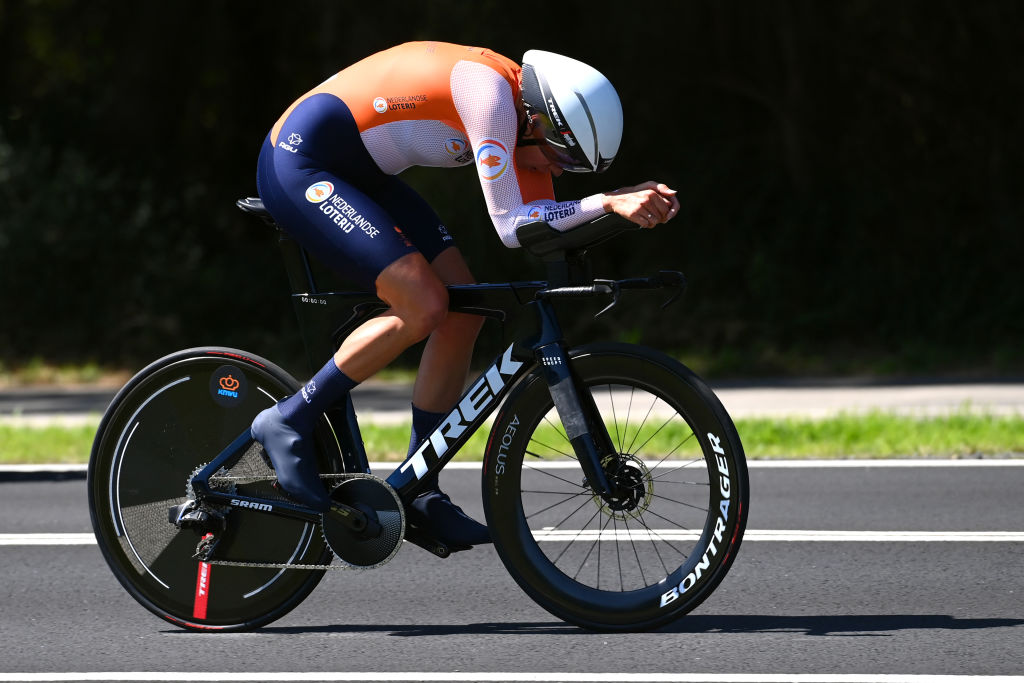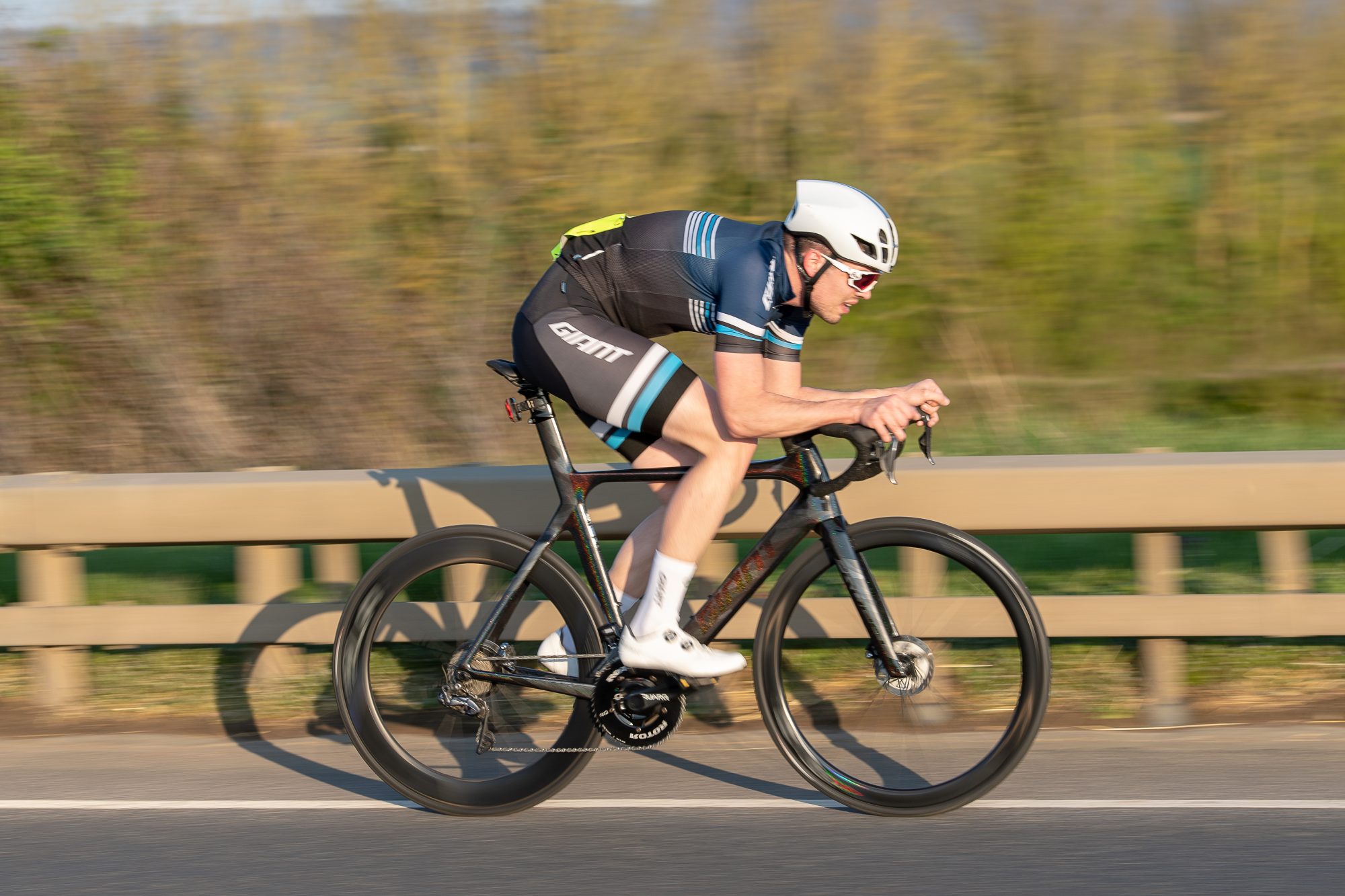Biking 10 miles can be a rewarding and efficient way to travel, exercise, or simply enjoy the outdoors. However, the time it takes to cover this distance can vary significantly based on numerous factors. Understanding these variables can help you set realistic expectations and improve your cycling experience. Consequently, this article explores the various elements that influence biking time, including average speeds, rider fitness, terrain, and more. Therefore, by examining these factors, you will gain a comprehensive understanding of how long it might take to bike 10 miles and how to enhance your ride.

Average Cycling Speeds
Understanding average cycling speeds is a key starting point for estimating how long it will take to bike 10 miles. These speeds vary based on riding conditions, experience, and fitness levels. Therefore, exploring average cycling speeds provides a useful benchmark for setting your expectations.
Factors Influencing Average Speed
Several factors influence the average speed at which cyclists travel. The type of bike plays a significant role, with road bikes generally being faster than mountain or hybrid bikes due to their lightweight frames and thinner tires. Rider fitness and experience are also crucial, as seasoned cyclists with higher endurance levels can maintain faster speeds over longer distances. Additionally, external factors such as weather, wind, and traffic conditions can impact cycling speed. Taking these variables into account helps you better understand the range of average cycling speeds and how they apply to your situation. Therefore, recognizing these factors is essential for accurate speed assessment.
Typical Speed Ranges
For most recreational cyclists, average speeds range between 12 to 15 miles per hour (mph) on flat terrain. This speed would mean biking 10 miles takes approximately 40 to 50 minutes. For more experienced cyclists or those riding performance-focused road bikes, average speeds can range from 16 to 20 mph, reducing the time needed to bike 10 miles to about 30 to 38 minutes. In contrast, mountain biking on rugged terrain usually results in slower speeds, averaging around 8 to 12 mph, making the 10-mile journey take 50 to 75 minutes. Therefore, understanding these typical speed ranges helps set realistic expectations for your ride.

Rider Fitness and Skill Level
Rider fitness and skill level are crucial determinants of how long it will take to bike 10 miles. These factors directly affect endurance, strength, and overall performance. Therefore, exploring the impact of fitness and skill level is important for accurate time estimation.
Novice Riders
For novice riders, the journey of 10 miles can take longer compared to seasoned cyclists. Beginners often ride at a slower pace, averaging between 8 to 12 mph, as they build confidence, strength, and skill. Additionally, novice riders may take breaks more frequently, extending the overall time required to complete the distance. For those new to cycling, biking 10 miles may take anywhere from 50 minutes to 75 minutes. However, as their fitness level improves and they become more comfortable on their bikes, they will likely see a reduction in the time taken. Therefore, understanding the impact of being a novice rider helps set realistic goals for beginners.
Experienced Cyclists
In contrast, experienced cyclists are likely to cover 10 miles more quickly due to their higher fitness levels and refined biking skills. These riders can maintain faster speeds—typically ranging from 16 to 20 mph—which translates to biking 10 miles in roughly 30 to 38 minutes. Experience allows for better pacing, efficient energy use, and minimal breaks. Additionally, seasoned cyclists often possess better bike handling skills, enabling them to navigate challenging terrains more swiftly. Therefore, recognizing the advantages of experience helps experienced cyclists set ambitious yet achievable targets for their rides.

Influence of Terrain and Elevation
The type of terrain and elevation encountered during a ride significantly impacts the time it takes to bike 10 miles. Different terrains present unique challenges that affect overall speed and effort. Therefore, exploring the influence of terrain and elevation enhances your time estimation accuracy.
Flat Terrain
Riding on flat terrain generally allows cyclists to maintain a consistent speed with minimal resistance, making it easier to predict travel time. The absence of significant elevation changes facilitates smoother and faster riding. On flat terrain, recreational cyclists can maintain average speeds of 12 to 15 mph, while experienced riders can push speeds up to 20 mph. Consequently, biking 10 miles on flat terrain typically takes between 30 to 50 minutes, depending on the rider’s fitness level and experience. Therefore, flat terrain offers a straightforward scenario for estimating biking time.
Hilly or Mountainous Terrain
In contrast, hilly or mountainous terrain presents additional challenges that can slow down a cyclist’s pace. Ascending hills requires more effort and reduces speeds, while descents can slightly increase speeds but may require careful navigation. On hilly terrain, average speeds may drop to 8 to 12 mph, extending the time needed to cover 10 miles. Experienced riders may manage higher speeds, but the overall impact of elevation changes still increases travel time. Therefore, when planning a ride on hilly or mountainous terrain, anticipate a longer duration to complete the 10-mile distance.

External Factors Affecting Biking Time
Beyond the rider’s abilities and terrain, various external factors can influence how long it takes to bike 10 miles. These considerations ensure a more comprehensive understanding of time estimation. Therefore, exploring these external factors provides a holistic view of potential impacts on biking time.
Weather Conditions
Weather conditions, including wind, temperature, and precipitation, significantly affect cycling performance and speed. Riding against strong headwinds can slow down your pace, making the journey longer and more strenuous. Conversely, tailwinds can provide a speed boost, reducing travel time. High temperatures can lead to quicker fatigue and require more hydration breaks, while cold weather can impact muscle function and comfort. Rain and wet conditions not only slow down riding but also necessitate cautious navigation. Therefore, considering weather conditions is crucial for accurate time estimation and safe cycling.
Traffic and Route Conditions
Traffic and route conditions also play a role in determining how long it takes to bike 10 miles. Urban areas with heavy traffic, numerous stoplights, and intersections can result in frequent stops and slower overall speeds. In contrast, rural or less congested routes may allow for uninterrupted riding, facilitating faster travel times. Additionally, the surface quality of the route—whether paved, gravel, or dirt—affects speed and effort. Poorly maintained roads or trails with obstacles can slow down your pace. Therefore, evaluating traffic and route conditions is essential for an accurate assessment of biking time.
Tips for Improving Biking Speed and Efficiency
Improving your biking speed and efficiency can help reduce the time it takes to cover 10 miles. Implementing practical tips and techniques can enhance your overall cycling performance. Therefore, exploring these tips ensures a more efficient and enjoyable riding experience.

Optimizing Gear and Equipment
Optimizing your gear and equipment plays a significant role in enhancing biking speed and efficiency. Ensure your bike is well-maintained, with properly inflated tires, lubricated chains, and functional brakes. Adjusting your bike’s fit, including saddle height and handlebar positioning, can improve comfort and reduce fatigue. Investing in lightweight and aerodynamic gear, such as performance clothing and helmets, can also help reduce wind resistance. For road cyclists, selecting the appropriate tires based on the riding surface ensures better speed and handling. Therefore, optimizing your gear and equipment is crucial for improved biking performance.
Building Endurance and Strength
Building endurance and strength through regular training can significantly improve your biking efficiency and speed. Incorporate a mix of long rides, interval training, and strength exercises into your routine to enhance cardiovascular fitness and muscle power. Focus on exercises that target key cycling muscles, such as the quadriceps, hamstrings, and core. Gradually increasing the intensity and duration of your rides helps build stamina and enables you to maintain faster speeds over longer distances. Consistent training and proper recovery are essential for long-term improvements. Therefore, building endurance and strength is vital for enhancing biking efficiency and reducing travel time.
Conclusion: Understanding and Enhancing Your Biking Time
Biking 10 miles can take varying amounts of time, depending on numerous factors such as average speeds, rider fitness, terrain, and external conditions. By understanding these influences, you can set realistic expectations and work towards improving your biking performance. Average speeds for recreational cyclists typically range from 12 to 15 mph, while experienced riders can achieve speeds of 16 to 20 mph or higher.
Factors such as terrain, weather conditions, and route quality also play a significant role in determining biking time. Implementing practical tips, such as optimizing gear and building endurance, can help you ride more efficiently and reduce the time required to cover 10 miles.
Therefore, by considering these factors and applying the suggested tips, you can enhance your cycling experience and achieve your biking goals more effectively. Embrace these insights and embark on your next 10-mile ride with confidence and enthusiasm. Happy cycling!



